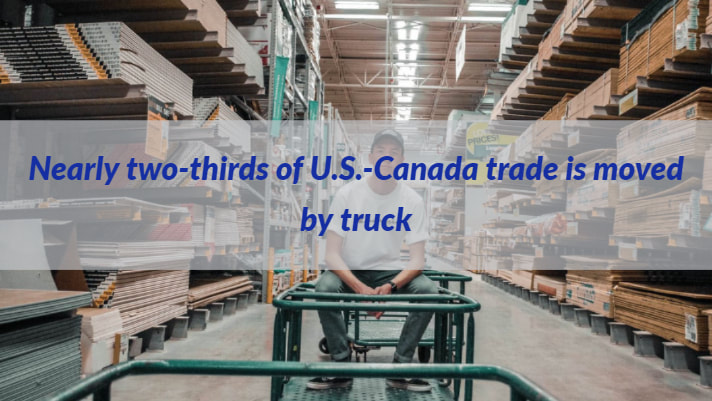2020
5 Best Practices to Keep Your Warehouse Running Efficiently

Whether you’re looking for warehousing and distribution services or are a member of a supply chain service provider trying to think about how best to serve the needs of your customers, there are several best practices to live by. These ideas help ensure a quality relationship along the supply chain, which allow for a greater ease of communication and satisfied customers at every stage in the process. Moreover, it’s an effective tool in reducing costs and lost time, which passes savings along to consumers. Today, we’ll be discussing some warehousing and distribution services best practices and the role they play in maintaining rapport between distributors and consumers.
1. Establish and Maintain a Vendor Compliance Program
In warehouse operations, streamlining is often the name of the game, and one of the best ways to accomplish this is through a vendor compliance program. This program integrates common product identification and tracking processes all the way upstream, which ensures that product stays visible throughout every step of the supply chain. This is especially important when considering a product that is shipped across the border. For example: nearly two-thirds of U.S.-Canada trade is moved by truck, which means that significant sources of trade must be accounted for and has the potential to be lost through transportation companies. One major source of wasted time and money is loss of product, which vendor compliance programs seek to solve. This can be ensured through clear-cut labeling processes and standard case quantities for shipments.
2. Workplace Incentives Make for Loyal Employees
Maintaining employee buy-in in warehousing and distribution services is a crucial aspect in cutting down on employee turnover rate. Investing in employee incentive programs can address this, and the investment is considerably smaller in comparison to the cost of on-boarding new employees. From annual bonuses to employee referral incentives, companies can utilize a variety of methods in order to demonstrate their continued appreciation and recognition of their employees.
3. Measure Everything
If you’re unable to measure progress over time, or lack thereof, it becomes much more difficult to plan for the future of your supply chain. Tracking key performance indicators such as inventory turnover, accuracy, and demand forecast will not only allow you to strategically plan growth, but it will also allow you to pinpoint places of weakness throughout the chain. Put measures in place in order to make sure that the metrics by which you define performance are clearly outlined, recorded, and archived so that you can see change over time.
4. Eliminate Warehouse Waste
Waste is the biggest enemy of warehousing and distribution services, and major sources of waste come from the following sources: overproduction, over-processing, defective goods, motion, knowledge, waiting, conveyance, and excess inventory. Each of these can create a drain on resources by causing productivity and efficiency to suffer. Observe your warehouse’s daily operations and try to think about the ways in which waste creeps into your operations. Then, ask yourself what can be done to solve that waste issue.
5. Invest in Comprehensive Training
As we mentioned above, lack of knowledge can be a major source of waste for warehousing and distribution services. This is then compounded by high turnover rates, which create a worker base that is constantly behind the curve when it comes to warehouse standards and procedures. A comprehensive training program will not only help new employees understand warehouse culture quickly, but it will allow existing employees to stay on top of the rapid changes in technology that occur in the field. Moreover, consistent investment in employee training is another way in which you can show your employees that they’re valued, leading to better employee retention in the long run.
These are only a few of the best practices that can help ensure success in commercial logistics, warehousing, and transportation services. Across the field, people are working to ensure an efficient relationship along every step of the supply chain, which results in greater efficiency for the warehouse and consumer alike.
What best practice do you swear by for your warehouse? Let us know in the comments below.
